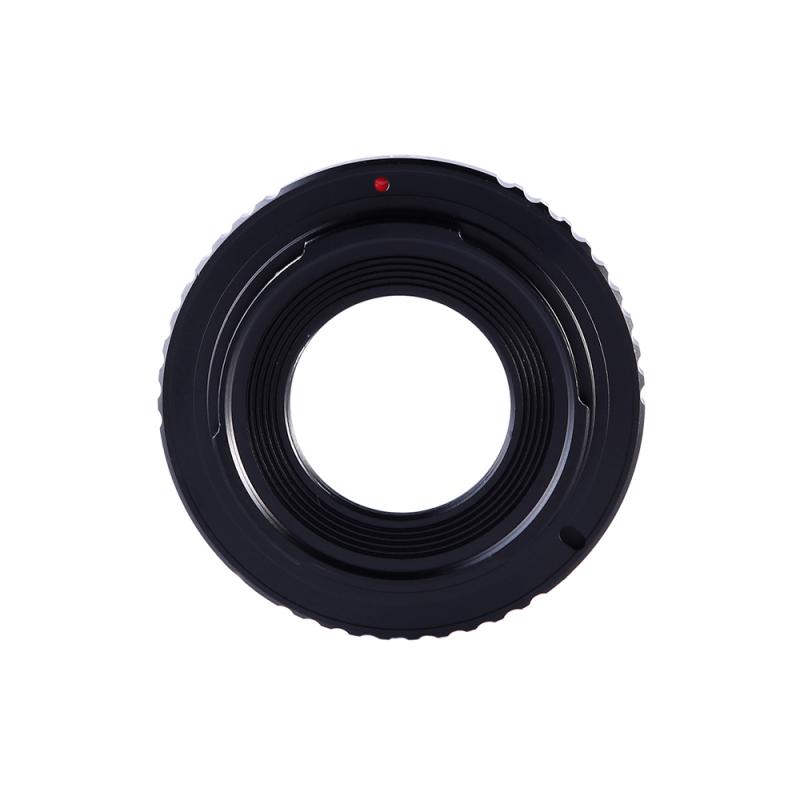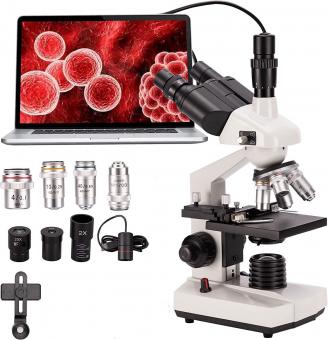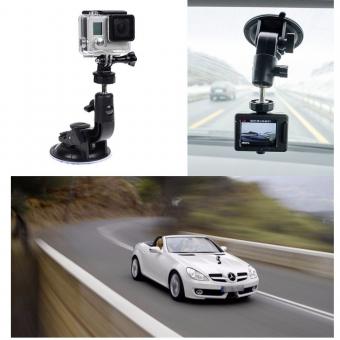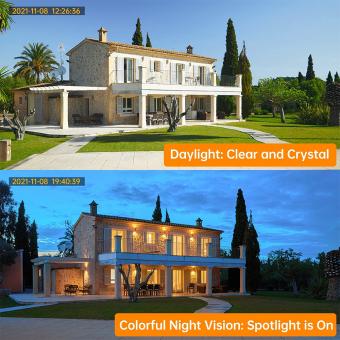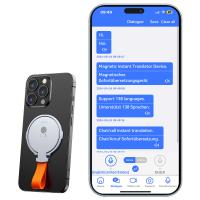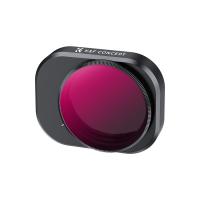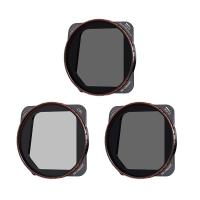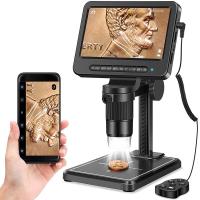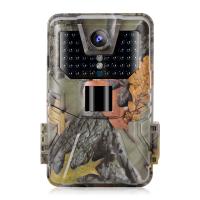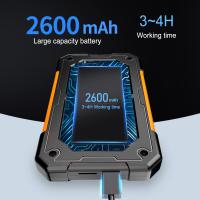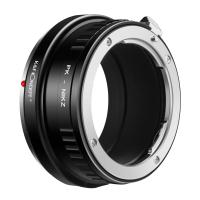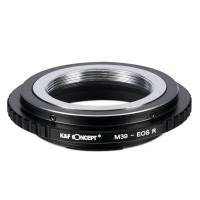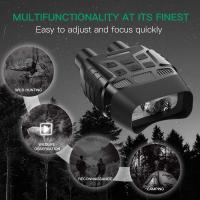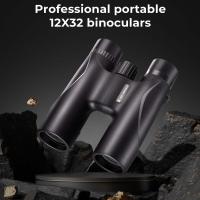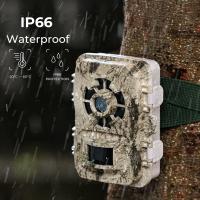How To Make A Digital Camera With Cardboard ?
Making a functional digital camera using only cardboard would be quite challenging. Cardboard is not typically used as a material for building electronic devices like cameras due to its lack of durability and electrical conductivity. However, you could potentially create a cardboard camera model or replica for decorative purposes.
To make a cardboard camera model, you would need to design and cut out the various components of the camera, such as the body, lens, viewfinder, and buttons, from cardboard sheets. You could then assemble these pieces using glue or tape to create the camera's structure. However, keep in mind that this would be a non-functional model and would not be capable of capturing or storing digital images.
If you are interested in building a functional digital camera, it would be more practical to use appropriate materials and components specifically designed for electronics.
1、 Cardboard Camera Body Design
Creating a digital camera with cardboard is a fun and creative project that allows you to explore your DIY skills while also learning about the inner workings of a camera. While it may not produce professional-grade images, it can serve as a great educational tool or a unique addition to your collection of homemade gadgets.
To begin, gather the necessary materials: a sturdy cardboard box, a lens (which can be salvaged from an old camera or purchased separately), a small LCD screen, a memory card, and basic electronic components such as wires, buttons, and a battery.
Start by designing the camera body on a piece of paper. Consider the dimensions of the lens and LCD screen, and create compartments within the cardboard box to house these components securely. Cut out the necessary holes for the lens, screen, and buttons, ensuring they align properly.
Next, assemble the electronic components. Connect the LCD screen to the camera's circuit board, and attach the buttons for controlling various functions such as capturing images and adjusting settings. Connect the memory card slot to the circuit board as well, allowing for easy storage and retrieval of images.
Once the electronic components are in place, carefully mount the lens onto the front of the camera body. Ensure it is securely attached and aligned properly with the LCD screen.
Finally, power up the camera by connecting the battery to the circuit board. Test the functionality of the buttons and LCD screen, and make any necessary adjustments.
It's important to note that while this DIY cardboard camera may not produce high-quality images like a professional camera, it can still be a fun and educational project. It allows you to understand the basic principles of a digital camera and gain hands-on experience with electronics and design.
Remember to always exercise caution when working with electronic components and ensure proper ventilation to prevent overheating. Additionally, feel free to experiment and add your own creative touches to the design, making it truly unique.
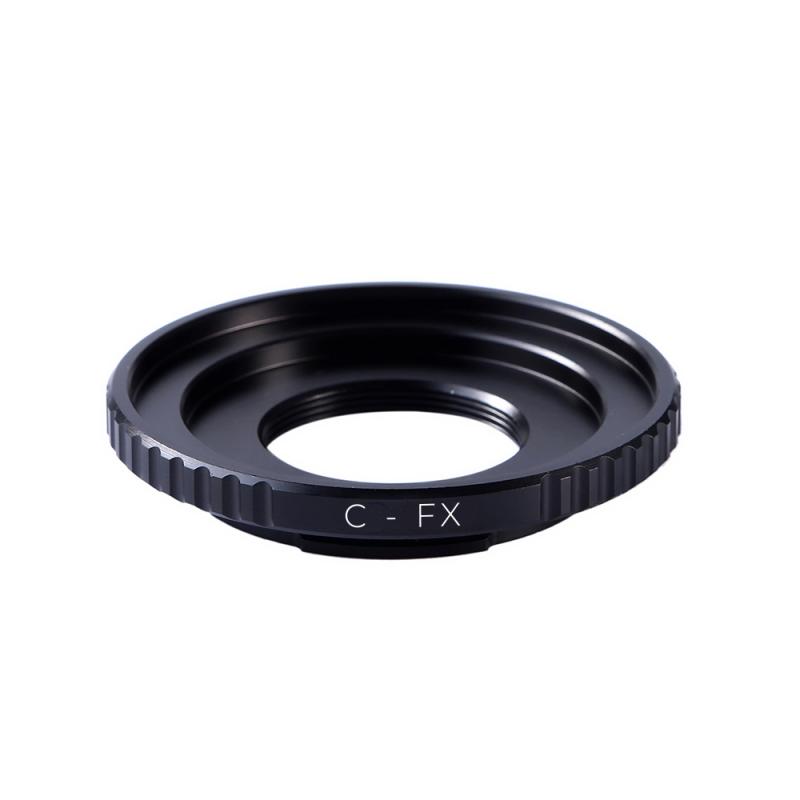
2、 Lens and Image Sensor Integration
To make a digital camera with cardboard, you will need a few materials and follow a step-by-step process. Here's a simplified guide:
Materials:
1. Cardboard box
2. Lens (can be salvaged from an old camera or purchased separately)
3. Image sensor (can be salvaged from an old digital camera or purchased separately)
4. Adhesive (such as glue or tape)
5. Scissors or a craft knife
6. Optional: buttons or switches for controls, wires, and a power source (such as a battery)
Step-by-step process:
1. Start by cutting a hole in the front of the cardboard box, large enough to fit the lens.
2. Attach the lens to the hole using adhesive, ensuring it is securely fixed in place.
3. Cut another hole in the back of the box, slightly smaller than the image sensor.
4. Attach the image sensor to the hole, making sure it is aligned with the lens.
5. Connect the image sensor to the lens using wires if necessary, ensuring a proper connection.
6. If desired, add buttons or switches to the cardboard box for controls, and connect them to the image sensor.
7. Securely close the cardboard box, ensuring that no light can enter except through the lens.
8. Optionally, attach a power source to the camera, such as a battery, to provide electricity to the image sensor.
It's important to note that creating a functional digital camera with cardboard may be challenging, as it requires technical knowledge and precision. Additionally, the image quality and features may not match those of commercially available digital cameras. However, this DIY project can be a fun and educational way to understand the basic principles of a digital camera.
Please keep in mind that the latest point of view may involve advancements in technology, such as smaller image sensors or more compact lens designs. It is always recommended to research and adapt the process based on the latest information and available resources.
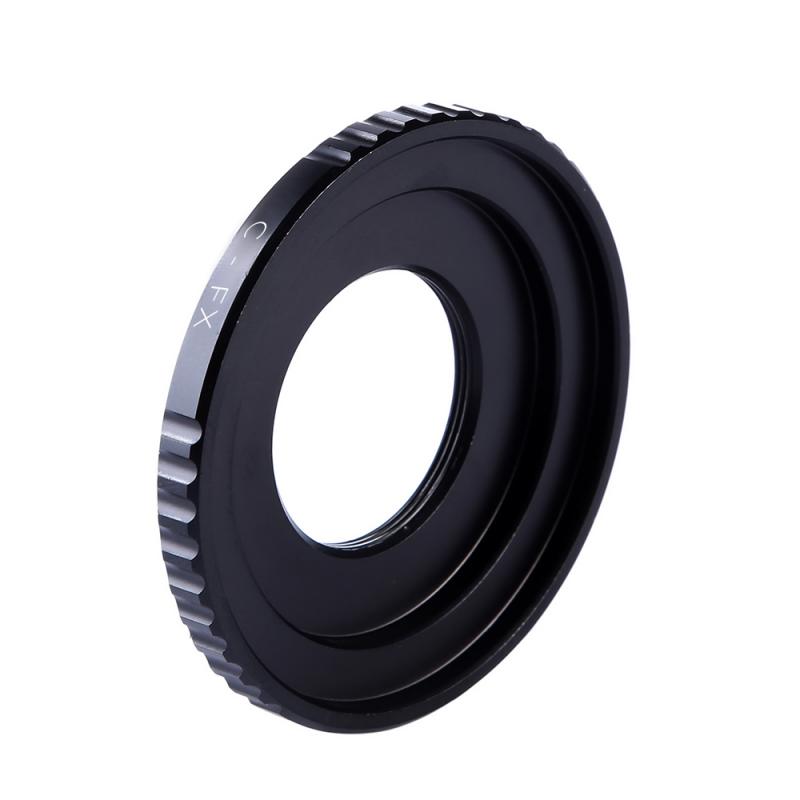
3、 Electronic Circuitry and Wiring Setup
To make a digital camera with cardboard, you will need some basic electronic circuitry and wiring setup. Here is a step-by-step guide on how to create a simple cardboard digital camera:
1. Gather the materials: You will need a cardboard box, a lens (you can salvage one from an old camera or purchase a small lens online), an image sensor (such as a CMOS sensor), a small LCD screen, a microcontroller (such as an Arduino), wires, a battery, and a memory card.
2. Design the camera body: Cut out a hole in the cardboard box to fit the lens and image sensor. Make sure the lens is securely attached to the box.
3. Connect the image sensor: Wire the image sensor to the microcontroller using appropriate connections. The microcontroller will act as the brain of the camera, processing the image data.
4. Connect the LCD screen: Wire the LCD screen to the microcontroller to display the captured images. This will allow you to preview and review the photos.
5. Power up the camera: Connect the battery to the microcontroller to power up the camera. Make sure the battery is securely attached and can provide enough power for the camera to function.
6. Store the images: Connect a memory card to the microcontroller to store the captured images. Ensure that the memory card is compatible with the microcontroller and has enough storage capacity.
7. Test and adjust: Turn on the camera and test its functionality. Adjust the wiring and connections as needed to ensure everything is working properly.
It's important to note that creating a functional digital camera with cardboard may be challenging, as it requires a good understanding of electronics and programming. Additionally, the image quality and features may not match those of commercial digital cameras. However, this DIY project can be a fun and educational way to explore the basics of digital photography and electronics.

4、 LCD Display and User Interface Implementation
To make a digital camera with cardboard, you will need a few basic materials and some technical knowledge. Here is a step-by-step guide on how to create a simple cardboard digital camera:
1. Gather the materials: You will need a cardboard box, a lens (which can be salvaged from an old camera or purchased separately), a small image sensor, a memory card, a battery, and some basic electronic components like wires, resistors, and capacitors.
2. Design the camera body: Cut the cardboard box to the desired size and shape for your camera. Make sure to leave enough space for the lens, image sensor, and other components.
3. Assemble the lens and image sensor: Attach the lens to the front of the camera body using adhesive or by creating a custom mount. Place the image sensor inside the camera body, ensuring it is aligned with the lens.
4. Connect the electronic components: Wire the image sensor to the memory card, battery, and LCD display. Use resistors and capacitors as necessary to regulate the voltage and ensure proper functioning.
5. Implement the LCD display and user interface: Connect the LCD display to the camera's circuitry and program it to show the captured images. Create a user interface using buttons or switches to control the camera's functions, such as capturing images, adjusting settings, and reviewing photos.
6. Test and refine: Power on the camera and test its functionality. Make any necessary adjustments or improvements to ensure optimal performance.
It's important to note that creating a functional digital camera with cardboard will have limitations compared to commercially available cameras. The image quality may not be as high, and the camera may lack advanced features like autofocus or image stabilization. However, this DIY project can be a fun and educational way to understand the basic principles of digital photography and electronics.
Please exercise caution when working with electronic components and follow proper safety guidelines.
